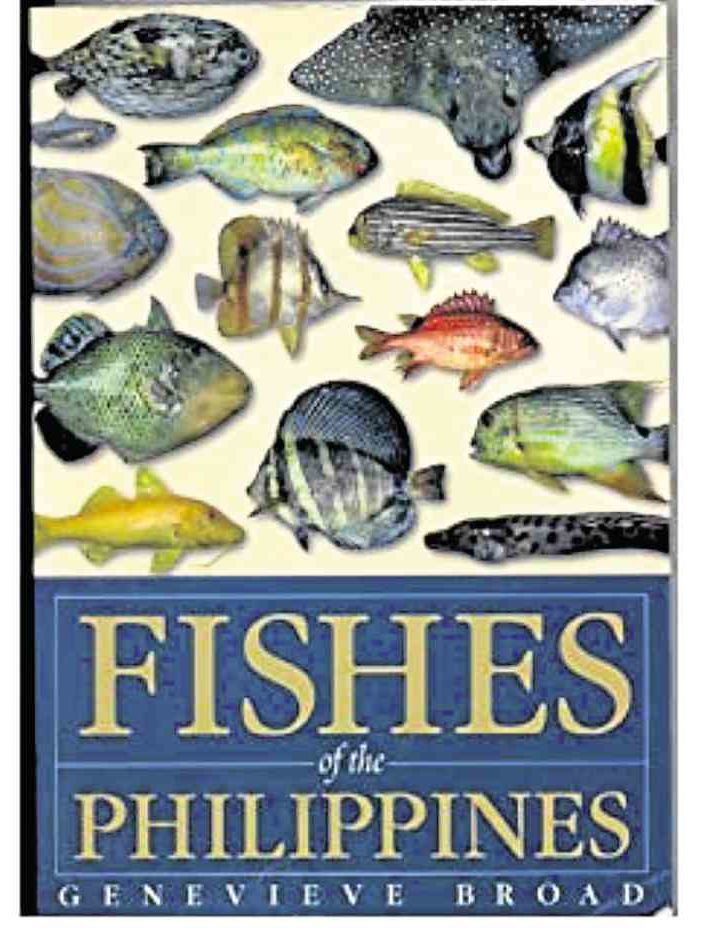
It was a homecoming of sorts for the winners of the Doreen Gamboa Fernandez (DGF) Food Writing Award of the last five years at the recent launch of the book “Sangkap: Basic Philippine Ingredients” (Studio Five Designs, Inc., 2019).
The book features all the winning essays. The Food Writers Association of the Philippines manages the award.
The venue was the Bayanihan Center of Unilab, Inc. made possible by the Museo ng Kaalamang Katutubo.
Before the awarding ceremonies, there were talks on food photography and styling by Majoy Siason Bascos, and on Filipino food by Claude Tayag.
Food stalls carried “merienda donations” from Glenda Barretto’s Via Mare, Jessie Sincioco’s Chef Jessie, Gina Navarro’s Estrel’s Bakeshop, Bettina Legarda’s ensaymada and cinnamon rolls.
Prizes were donated by Clara Lapus of Mama Sita Foundation, Axelum, Marissa Concepcion and RFM, Marily Orosa, and Maya Besa Roxas.
The subject for the next edition of the awards is fish.
‘Our dish’
The 17th-century missionary Fr. Francisco Colin, SJ, wrote how our ancestors had rice and “for meat, they have small fish.”
Nick Joaquin wrote that fish is “our dish”: “We have dried fish for breakfast, fried fish for lunch, stewed fish for supper. We eat fish with fish. (We surmised he meant eating fish with fish sauce and fish paste.)
‘Philippine steak’
Joaquin also wrote how foreigners described Filipinos as hearty fish eaters and how American soldiers before World War II had a term for fish—“Philippine steak.”
Marine biologist Kent Carpenter wrote in a 2005 book that the Philippines “is not only part of the center but is, in fact, the epicenter of marine biodiversity, with the richest concentration of marine life on the entire planet.”
Among the many books on Philippine fishes, we recommend two.
“Fishes of the Philippines” by Genevieve Broad (Anvil Publishing, 2003) has color photographs which make it easier for the reader to identify various species and families of fish. Best of all, it gives the local names of the fish, a big help to researchers.
Because of the Philippines’ many languages, the same fish could be called differently in other ethnolinguistic groups. For example, the jack will be called talakitok in the Tagalog region, but mamsa in Samar and Leyte.
Broad is a marine ecologist from the United Kingdom. She wrote the book during her stint as a British volunteer in Sorsogon and Sibuyan Island in Romblon.
The other book is “Seafood of South-East Asia” by Alan Davidson (Ten Speed Press, 1976). The fish, shellfish and crustaceans are illustrated rather than photographed.
Seafood recipes from each country are presented. For the Philippines, there are dishes from different regions (paksiw, escabeche, relleno, pesa, sinigang, en tocho, suwam, kinilaw).
Recipes come from the books of Maria Orosa and Patricia Arroyo. The only recipe unfamiliar to me was Bolador with ubod from Batanes and Cagayan, flying fish (dibang) made into fish balls with banana blossom and served in a broth.
Alan Davidson was the founder of the Oxford Symposium on Food, and author of “The Oxford Companion to Food.” He started researching on fish when he was posted as a diplomat in Laos. His wife asked him to identify the fish in the market because they were quite different from the fish she knew.
Deadline for submission of entries to the 2019 edition of DGF Food Writing Award is Oct. 31, Submit entries of 800 words to dgfawards@yahoo. com.ph under a pen name.
E-mail the author’s information file (pen name, real name, title of essay, e-mail address, contact number and address.
E-mail [email protected]













































